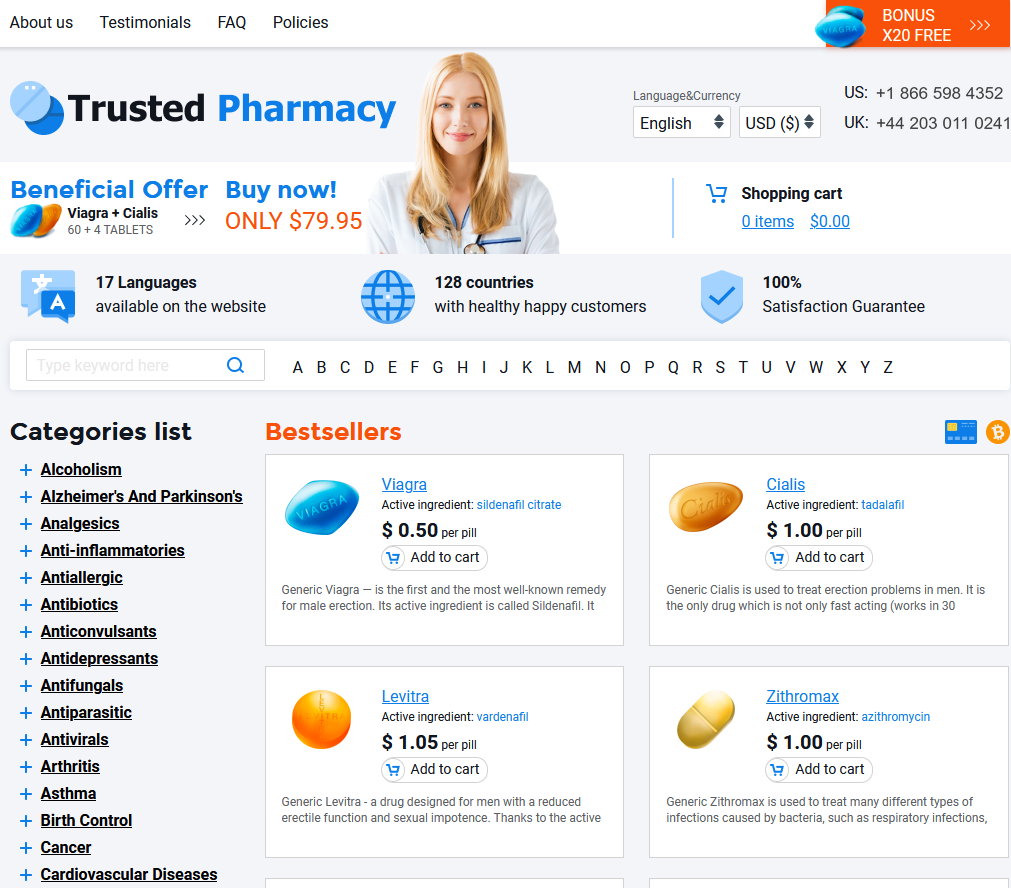To Buy Colchicine Online Visit Our Pharmacy ↓
 Colchicine and Its Role in Treating Gout: a Comprehensive Guide
Colchicine and Its Role in Treating Gout: a Comprehensive Guide
Understanding Gout: Causes and Symptoms Explained
Gout is a form of arthritis characterized by sudden, intense pain, swelling, and redness, typically centered around the joints. These painful flares occur when there is an accumulation of uric acid in the body, which forms sharp, needle-like crystals that settle in the joints. Uric acid is a byproduct of purine breakdown, a substance found naturally in the body and various foods. A diet rich in purines, certain medical conditions, and genetic factors can increase uric acid levels, subsequently triggering gout.
| Causes |
Symptoms |
| High uric acid levels |
Joint pain and swelling |
| Diet high in purines |
Redness and heat in affected areas |
| Genetic predisposition |
Limited range of motion |
Historical Background: Colchicine in Traditional Medicine

Colchicine, a compound extracted from the autumn crocus plant, has been utilized for centuries in traditional medicine. Known for its medicinal properties, its use can be traced back to ancient Egypt, where it was prescribed for joint pain and swelling. The Greeks and Romans also relied on colchicine, recognizing its potential to mitigate the symptoms of what they called "podagra." Over time, its therapeutic application spread across various cultures, with historical texts highlighting its significance in managing chronic inflammatory ailments.
How Colchicine Works to Alleviate Gout Symptoms
Colchicine is a powerful ally in managing the inflammatory process characteristic of gout. When gout strikes, urate crystals accumulate in the joints, triggering an immune response that leads to pain and swelling. Colchicine interrupts this process by inhibiting the activation of neutrophils, a type of white blood cell involved in inflammation. This disruption helps reduce the inflammatory cascade, offering relief from acute gout attacks. The unique mechanism of colchicine makes it effective in quickly alleviating discomfort, providing a viable option for those suffering from this painful condition.
Dosage and Administration: Ensuring Safe Colchicine Use

When using colchicine to manage gout, it is crucial to adhere to recommended dosages, ensuring effectiveness while minimizing the risk of adverse effects. Typically, treatment starts with a higher dose during the onset of an attack, followed by a lower maintenance dose. Timing is key, as colchicine quickly maximizes therapeutic benefits when administered at the first sign of gout flares.
To ensure safe use, it is essential to monitor kidney and liver functions, particularly in patients with pre-existing conditions. Consulting healthcare professionals before starting colchicine is vital because it allows for personalized adjustments based on individual health profiles. Close attention should be paid to any warning signs of overdose, such as gastrointestinal distress, to promptly address potential complications.
Potential Side Effects and Precautions to Consider
Colchicine's efficacy in managing gout is well-documented, yet users must be aware of potential side effects. Commonly, patients may experience gastrointestinal distress, including nausea, vomiting, and diarrhea. These issues often arise from colchicine's action on rapidly dividing cells in the gastrointestinal tract. Beyond these, more severe but rarer effects involve muscle pain and weakness, abnormal blood counts, and neuropathy. Monitoring by healthcare professionals is crucial to minimize risk.
| Side Effect |
Details |
| Gastrointestinal Issues |
Nausea, vomiting, diarrhea |
| Muscle Weakness |
Potential pain and fatigue |
| Abnormal Blood Counts |
Monitor for changes in blood cells |
Precautions are pivotal. Colchicine can interact with other medications, notably certain antibiotics and statins, potentially intensifying its side effects. Individuals with liver or kidney impairment require adjusted doses or alternative treatments, emphasizing the importance of personalized medical advice. Regular consultations ensure adjustments in therapy align with evolving health needs. As with any treatment, vigilance and communication with healthcare providers bolster the safety and effectiveness of colchicine usage.
Emerging Research: Future of Colchicine in Gout Treatment
Recent advancements in research have illuminated potential new applications for colchicine beyond its traditional role in gout treatment. Scientists are exploring its anti-inflammatory properties, which may prove beneficial in managing cardiovascular diseases, suggesting that colchicine's impact may extend far beyond what was initially understood. Additionally, promising studies are investigating colchicine in preventing recurrent episodes of pericarditis and in the management of chronic coronary artery disease. This evolving research landscape underscores the need for continued clinical trials to fully comprehend the extent of colchicine's therapeutic potential, adding fresh perspectives to its long-standing medical legacy.
For more detailed information, visit these sources:
NCBI and
Cochrane Library.